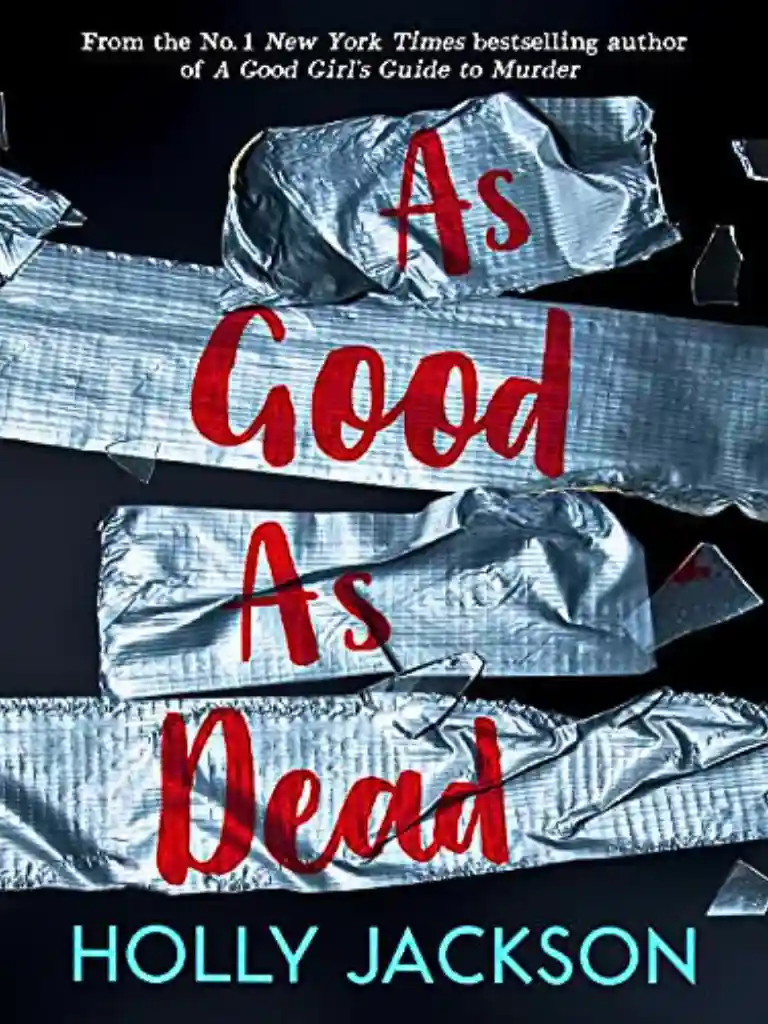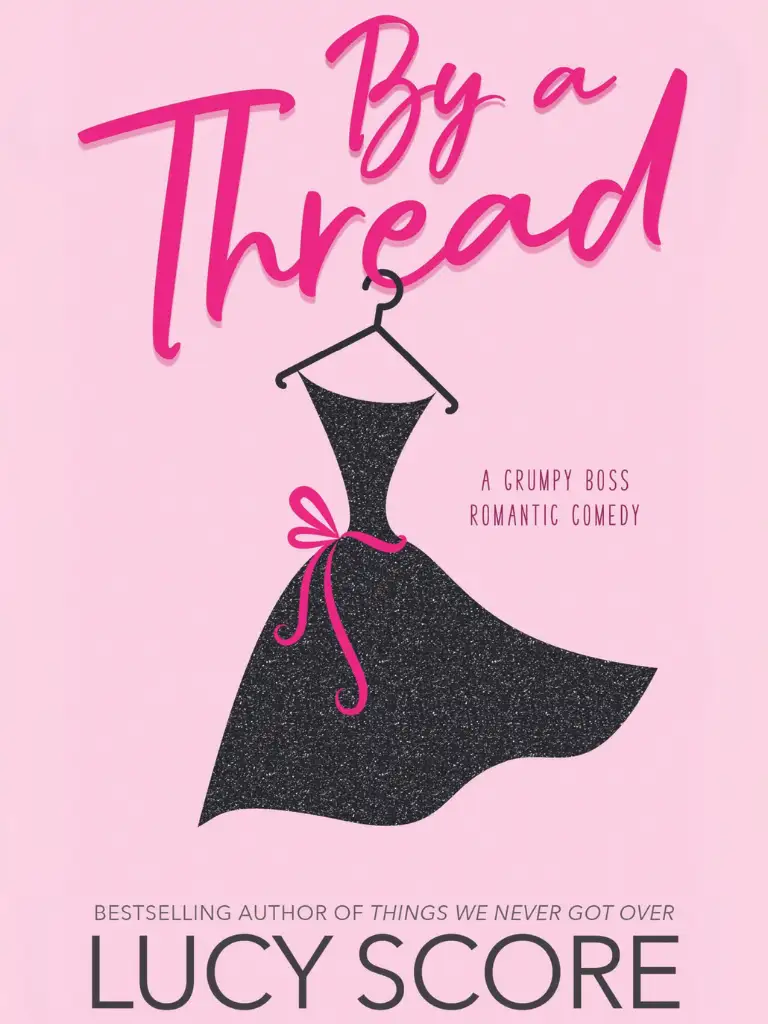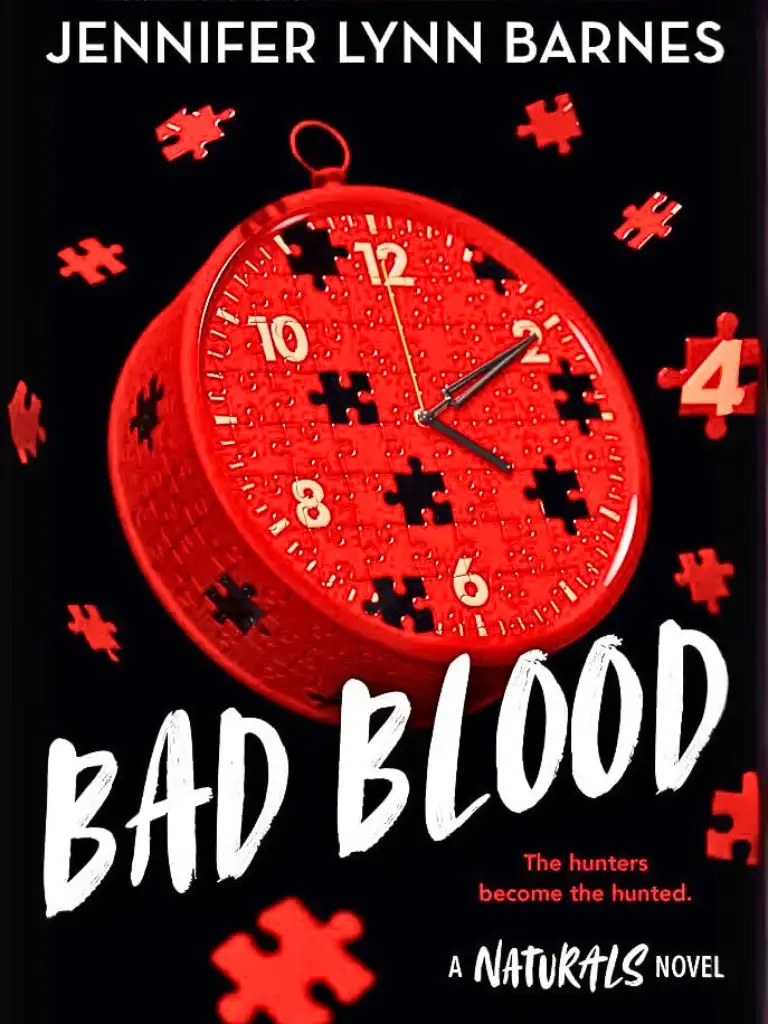Truth transcends the telling.
– Ino
nothing more now than the mere dark. The tape is blank.
Finally when Karen does turn around to discover the real emptiness waiting behind her, she does not scream. Instead her chest heaves, powerless for a moment to take anything in or expel anything out. Oddly enough as she starts to retreat from the children’s bedroom, it almost looks as if something catches her attention. A few minutes later, she returns with a halogen flashlight and steps toward the edge.
Hanan Jabara suggests Karen heard something, though there is nothing even remotely like a sound on the Hi 8. [419-Hanan Jabara’s “Hearing Things.” Acoustic Lens, v. xxxii, n. 8, 1994. p. 78-84.] Carlos Ellsberg agrees with Jabara: “Karen stops because of something she hears.” Only he qualifies this statement by adding, “the sound is obviously imagined. Another example of how the mind, any mind, consistently seeks to impose itself upon the abyss.” [420-Carlos Ellsberg’s “The Solipsistic Seance.”
Ouija, v. ix, n. 4, December, 1996. p. 45.]
As everyone knows, Karen stands there on the brink for several minutes, pointing her flashlight into the darkness and calling out for Navidson. [421-Though it may be obvious, recent studies carried out by
Merlecker and Finch finally confirmed the “high probability” that the “star”
Navidson caught on film was none other than Karen’s halogen. See Bob
Merlecker and Bob Finch’s “Starlight, Starbright, First Flashlight I See Tonight.” Byte, v. 20, August, 1995. p. 34.] When she finally does step inside, she takes no deep breath and makes no announcement. She just steps forward and disappears behind the black curtain. A second later that cold hollow disappears too, replaced by the wall, exactly as it was before, except for one thing: all the children’s drawings are gone.
Karen’s action inspired Paul Auster to conjure up a short internal monologue tracing the directions of her thoughts. [422-Paul Auster’s “Ribbons.” Glas Ohms, v. xiii, n. 83, August 11, 1993, p. 2.] Donna Tartt also wrote an inventive portrayal of Karen’s dilemma. Except in Tartt’s version, instead of stepping into darkness, Karen returns to New York and marries a wealthy magazine publisher. [423-Donna Tartt’s “Please, Please, Please Me.” Spin, December 1996, p. 137.] Purportedly there even exists an opera based on The Navidson Record, written from Karen’s perspective, with this last step into the void serving as the subject for the final aria.
Whatever ultimately allows Karen to overcome her fears, there is little doubt her love for Navidson is the primary catalyst. Her desire to embrace him as she has never done before defeats the memories of that dark well, the molestations carried out by a stepfather or whatever shadows her childhood truly conceals. In this moment, she displays the restorative power of what Erich Fromm terms the development of “symbiotic relationships” through personal courage.
Critic Guyon Keller argues that the role of vision is integral to Karen’s success:
I believe Karen could never have crossed that line had she not first made those two remarkable cinematic moments: What Some Have Thought and A Brief History Of Who I Love. By relearning to see Navidson, she saw what he wasn’t and consequently began to see herself much more clearly. [424-Guyon Keller’s “The Importance of Seeing Clearly” in Cineaste, v.
xxii, n. 1, p. 36-37.]
Esteemed Italian translator Sophia Blynn takes Keller’s comments a little further:
The most important light Karen carried into that place was the memory of Navidson. And Navidson was no different. Though it’s commonly assumed his last word was “care” or the start of “careful.” I would argue differently. I believe this utterance is really just the first syllable of the very name on which his mind and heart had finally come to rest. His only hope, his only meaning: “Karen.” [425-Sophia Blynn’s “Carry On Light” in Washingtonian, v. 31, December 1995, p. 72].
Regardless of what finally enabled her to walk across that threshold, forty-nine minutes later a neighbor saw Karen crying on the front lawn, a pink ribbon in her hair, Navidson cradled in her lap.
An ambulance soon arrived. Reston caught up with them at the hospital. Navidson’s core temperature had dropped to a frighteningly low 83.7 degrees Fahrenheit. Lacking a cardiopulmonary bypass machine which could have pumped out Navidson’s cold blood and replaced it with warm oxygenated blood, doctors instead had to cut into Navidson’s abdominal cavity, insert catheters, and proceed to irrigate his internal organs with warm fluid. Though his core temperature rose to 85.3 degrees, the EKG continued to produce the peculiar J wave indicative of hypothermia. Still more liters of saline were added to the IV. Doctors kept close watch. One hour passed. Most there believed he would not live through another.
He did.
Karen stayed at his side that night and through the nights and days which followed, reading to him, singing to him, and when she was tired sleeping on the floor by his bed.
As hours slipped into weeks, Navidson began to recover, but the price he paid for living was not cheap. Frostbite claimed his right hand and clipped the top portion of one ear. Patches of skin on his face were also removed as well as his left eye. Furthermore his hip had inexplicably shattered and had to be replaced. Doctors said he would need a crutch for the rest of his life.
He did.
Still he survived. Furthermore, the film and tapes he made during his journey also survived.
As to what happened after Karen disappeared from view, the only existing account comes from a short interview conducted by a college journalist from William & Mary:
Karen: As soon as I walked in there, I started shivering. It was so cold and dark. I turned around to see where I was but where I’d come from was gone. I started hyperventilating. I couldn’t breathe. I was going to die. But somehow I managed to keep moving. I kept putting one foot in front of the other until I found him.
Q: You knew he was there?
Karen: No, but that’s what I was thinking. And then he was there, right at my feet, no clothes on and all curled up. His hand was white as ice. [She holds back the tears.] When I saw him like that it didn’t matter anymore where I was. I’d never felt that, well, free before.
[Long pause]
Q: What happened then?
Karen: I held him. He was alive. He made a sound when I cradled his head in my arms. I couldn’t understand what he was saying at first but then I realized the flashlight was hurting his eyes. So I turned it off and held him in the darkness.
[Another long pause]
Q: How did you get him out of the house?
Karen: It just dissolved.
Q: Dissolved? What do you mean?
Karen: Like a bad dream. We were in pitch blackness and then I saw, no… actually my eyes were closed. I felt this warm, sweet air on my face, and then I opened my eyes and I could see trees and grass. I thought to myself, “We’ve died. We’ve died and this is where you go after you die.” But it turned out to be just our front yard.
Q: You’re saying the house dissolved?
Karen: [No response]
Q: How’s that possible? It’s still there, isn’t it?
END OF INTERVIEW [426-Missing. – Ed.]








